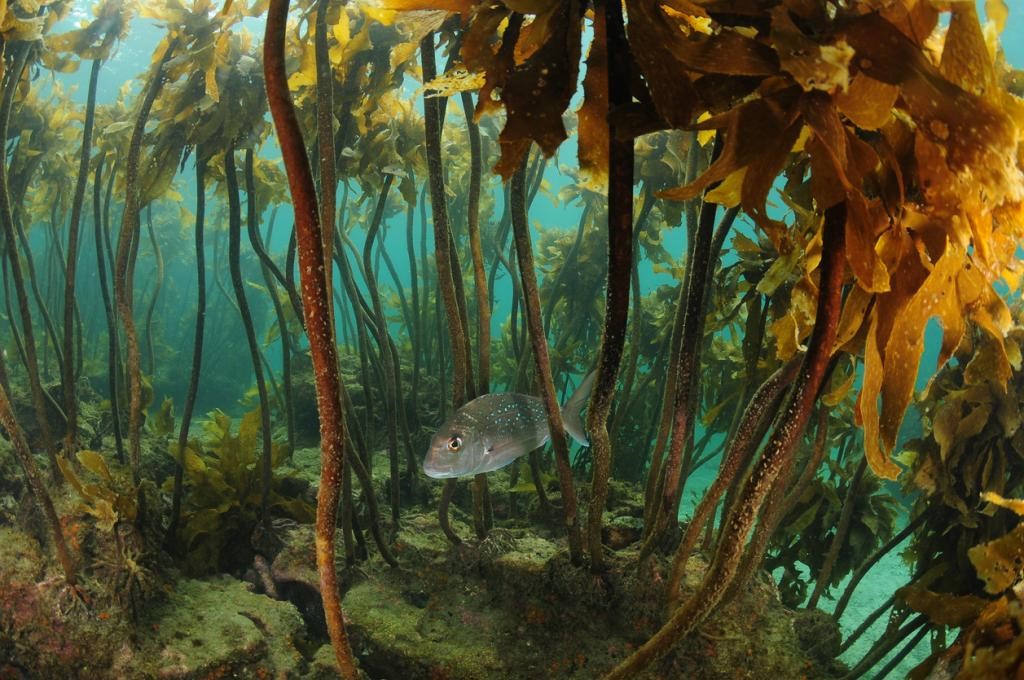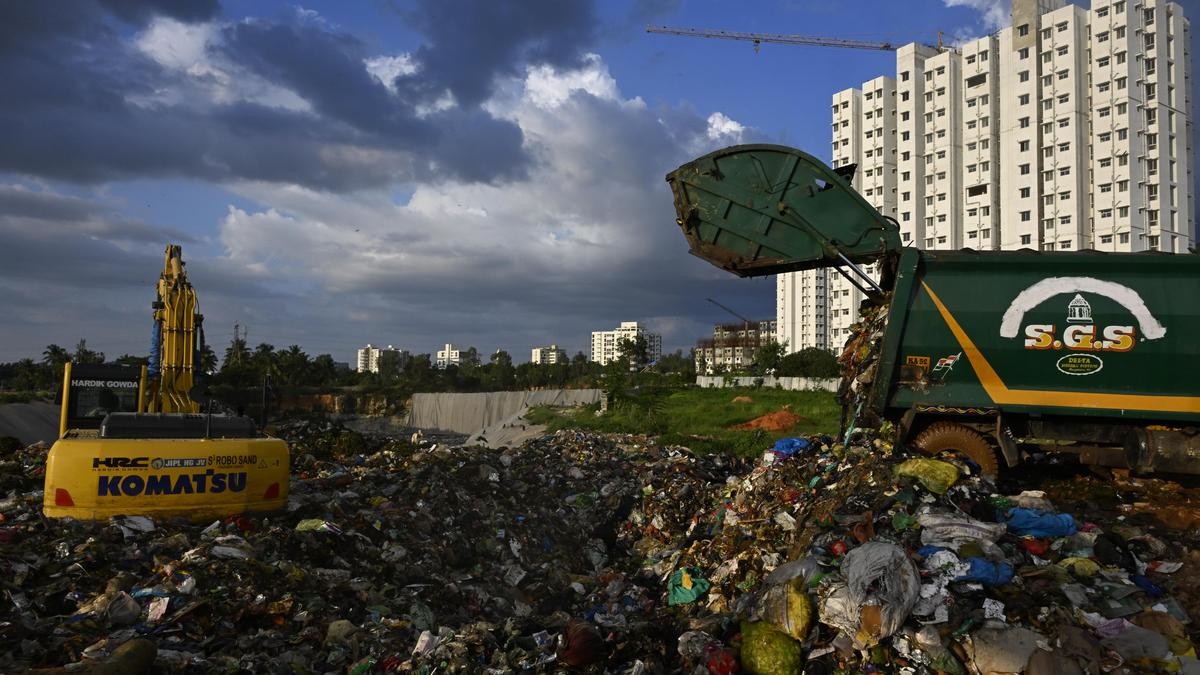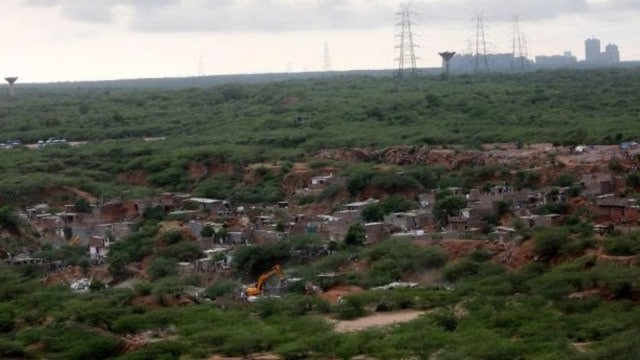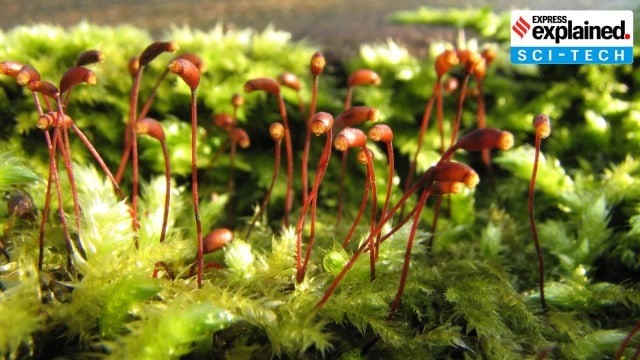Description

Disclaimer: Copyright infringement not intended.
Context: Kelp forests — underwater ecosystems formed in shallow water by the dense growth of several different species known as kelps — are declining because of climate change, showed a new study.
Details:
Findings:
- Kelp populations at equatorward-range edges are particularly vulnerable to climate change as these locations are undergoing warming at or beyond thermal tolerance thresholds, the study published in the journal Nature
- Due to this, the unique adaptive or evolutionary genetic diversity that the rear-edge populations (populations in warm, low-latitudes) may contain is also under threat due to rapid warming.
- Ecklonia radiata, the dominant and most widely distributed Laminarian kelp in the southern hemisphere, rapidly succumb to warmer temperatures in spring and summer when temperatures exceed 27 degrees Celsius.
- New populations were found in shallower and cooler winter months with temperatures around 20°C, the findings indicated.
- Contemporary climate change is threatening the high and unique genetic diversity found among eastern Australian low-latitude range-edge populations, with warming causing declines of radiataalong this coastline
- Kelp can sometimes persist at lower latitudes, aided by cool water upwelling or in deep-water refugia where they are protected by thermocline (the transition layer between the warmer mixed water at the surface and the cooler deep water below)
- Identification of these refuge areas (a location which supports an isolated or relict population of a once more widespread species) is vital to ensure important genetic diversity is protected and to understand how extant and past climates shape species distribution and evolutionary diversity.
.jpeg)
About Kelp Forests:
- Kelp forests are under water areas with a high density of kelp, which covers a large part of the world's coastlines.
- They are recognized as one of the most productive and dynamic ecosystems on Earth.
- Smaller areas of anchored kelp are called kelp beds.
- Kelp forests occur worldwide throughout temperate and polar coastal oceans.
- In 2007, kelp forests were also discovered in tropical waters near Ecuador.
- In context, algal kelp forest combined with coral reefs account for less than 1% of global primary productivity.
- Physically formed by brown macroalgae, kelp forests provide a unique habitat for marine organisms and are a source for understanding many ecological processes.
- Over the last century, they have been the focus of extensive research, particularly in trophic ecology, and continue to provoke important ideas that are relevant beyond this unique ecosystem.
- For example, kelp forests can influence coastal oceanographic patterns and provide many ecosystem services.
- However, the influence of humans has often contributed to kelp forest degradation.
- Of particular concern are the effects of overfishing nearshore ecosystems, which can release herbivores from their normal population regulation and result in the overgrazing of kelp and other algae.

https://www.downtoearth.org.in/news/climate-change/kelp-forests-losing-unique-traits-due-to-climate-change-says-study-87331












